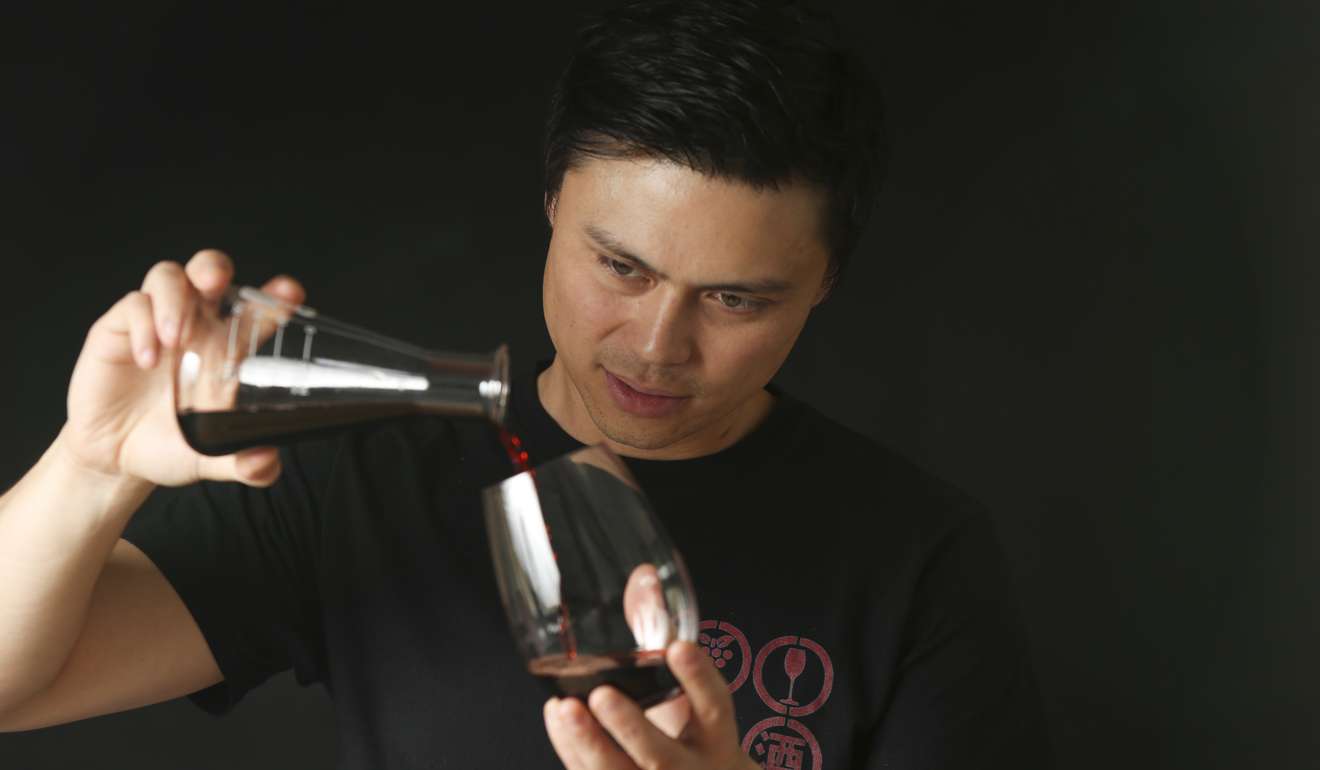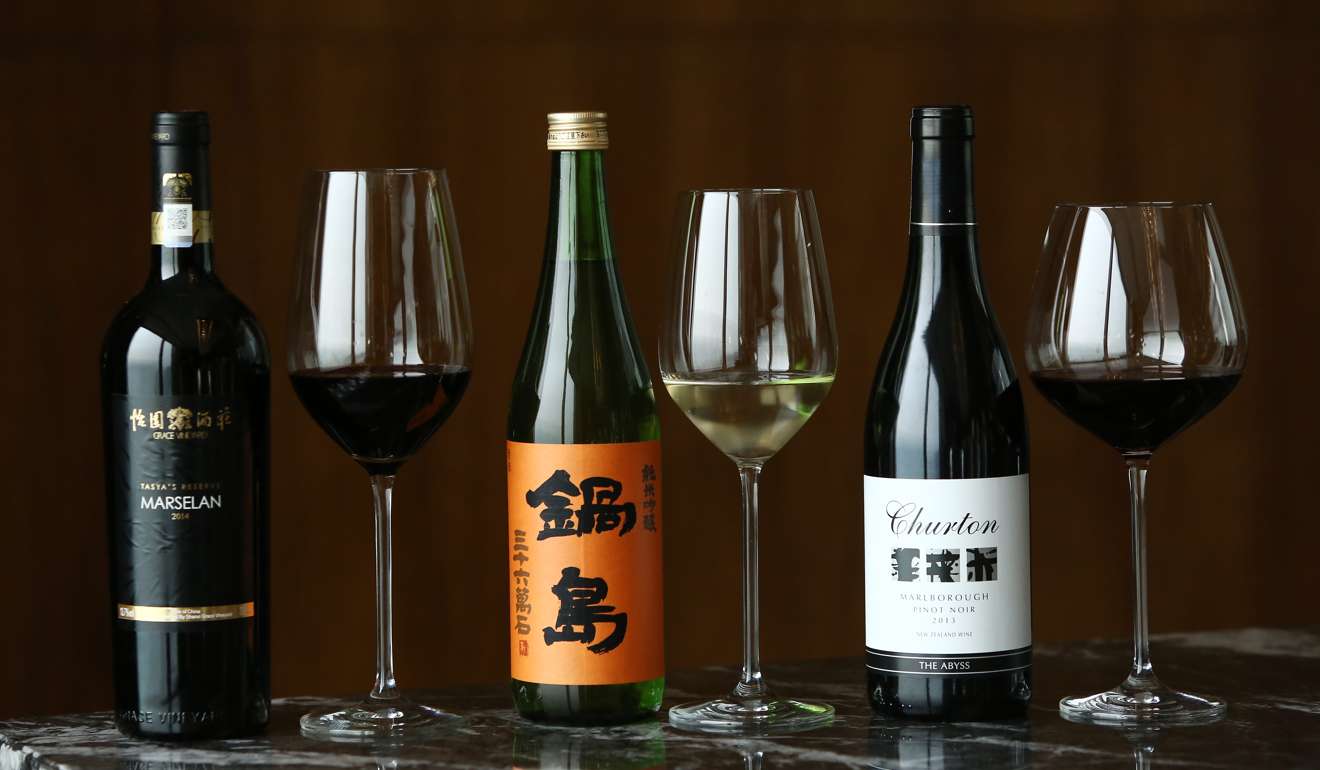
Asian wines are gaining respect in Hong Kong’s restaurants
Wine makers in the region have made dizzying progress in recent years, producing a fine selection of Asian wines which pair exquisitely with Asian foods
Would you like a glass of white from Bordeaux - or Bali? How about something from the Asoke Valley in Thailand? Thanks to advanced viticultural techniques and a growing appetite for wine in Asia, it is now possible to buy high-quality wines from across Asia, including the hard-to-reach foothills of the Himalayas and hitherto unthinkable locations in the tropics.
Add that to a growing stable of excellent wines from Japan and China and there have never before been as many good Asian options for wine.

“Russian roulette is not my style and, in the past, that was the case with a lot of Asian wines,” says Eddie McDougall, the so-called Flying Winemaker, who lends the moniker to an online wine shop and a travel show about wine in Asia. That has changed in recent years. “It is not a gimmick anymore. I think ‘eat local, drink local’ sits well with a lot of people.”


Over the past two decades, foreign and Chinese winemakers alike have established vineyards in the country’s north, from Shandong in the east to Xinjiang in the west. But some have set their eyes on more unusual locations, such as the highlands of Yunnan, where French winemaker Maxence Dulou produced an acclaimed cabernet sauvignon cabernet franc for Moët Hennessy.
Dubbed Ao Yun, the wine’s grapes are grown in a series of terraced plots nearly 2,600 metres above sea level - high enough that visitors to the vineyard must be accompanied by an oxygen tank. Because the electricity supply in the area is unreliable, vines are destemmed by hand. While other Chinese wine regions suffer from high humidity, Ao Yun’s vineyard is bone dry, which prevents fungus and mildew, allowing everything to be farmed organically.
I think ‘eat local, drink local’ sits well with a lot of people
“The journey they’ve gone through is quite amazing,” says Gary Pluck, wine manager for Aqua Restaurant Group, who has created an Ao Yun tasting menu at Hutong. The unique terroir - not just the elevation, but also the short, intense amount of daylight - means there are 160 days between flower and harvest, more than a month longer than in Bordeaux.
“It’s got a good fresh acidity,” Pluck says. “It’s ripe without being overripe.”
Just 2,000 cases of Ao Yun’s 2013 vintage have been produced, which means the wine comes with a price tag almost as steep as its location: HK$3,500 per bottle at Hutong. But Pluck says sales have been steady, thanks in part to the tasting menu. “It works amazingly well with several different abalone dishes,” he says.

Pluck says the quality of Chinese wine has been uneven, but there are more and more good examples - and with Ao Yun, the country now has an unimpeachable flagship wine. “It’s still a work in progress, but Ao Yun is the beacon.”
Other works in progress can be found even further south, where winemakers in Thailand, India and Bali are undaunted by warm climates and short days. “The big word used to be ‘impossible’,” McDougall says. But new techniques have enabled wine to be produced in the most unlikely conditions. “I guess the PhD students at great wine universities are running out of new topics,” he jokes.
McDougall says that the benefit of “new latitude” wine regions, as they are sometimes known, is that the “grape cycle is on steroids”, with two or even three harvests per year. That suits light-bodied whites like chenin blanc, and it can be useful for producing sparkling wine, which undergoes more manipulation before it reaches the bottle.
Every year, the Flying Winemaker publishes a guide to the best Asian wines, and this year’s edition features 19 wineries from India, Myanmar, Thailand and Indonesia. Among them is the Hatten Wines Tunjung, a non-vintage sparkling wine from Bali, made with local belgia and probolinggo biru grapes, which the guide’s judges ranked as the best sparkling wine in Asia.
Curious wine lovers will be able to try that wine next month at Hotel Icon’s Asian Wine Festival, which takes place on April 19. Until then, McDougall recommends French-Japanese restaurant Ta Vie, helmed by chef and sommelier Hideaki Sato. “Ta Vie has probably the most comprehensive Asian wine list in Hong Kong,” McDougall says.

Eat local, drink local - or local enough, at least.

